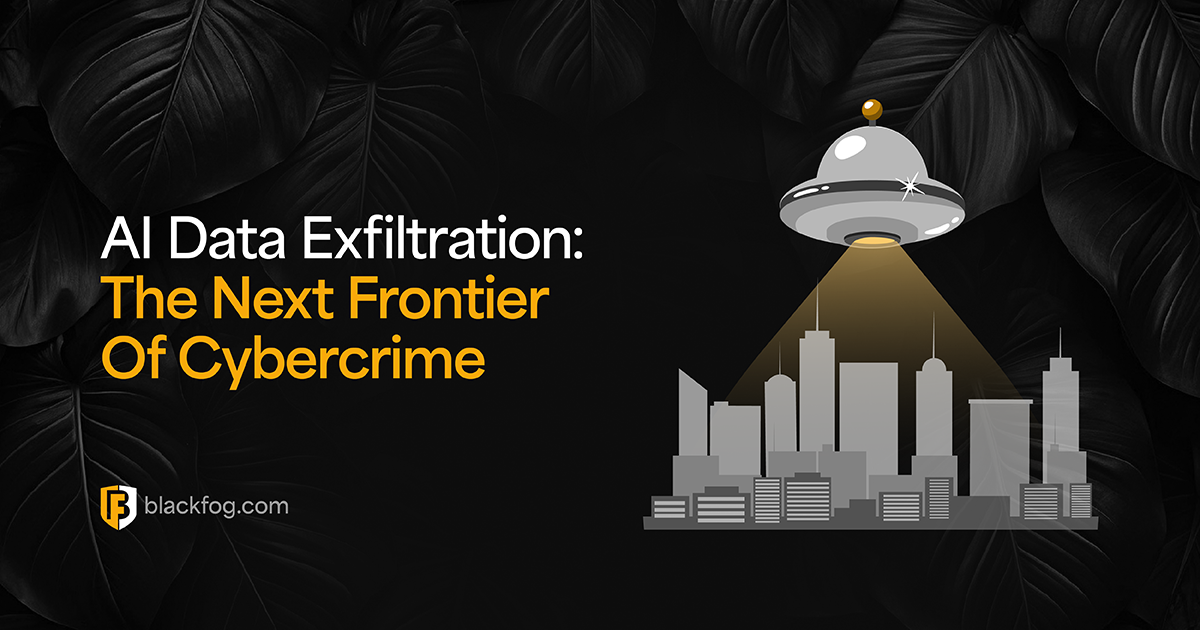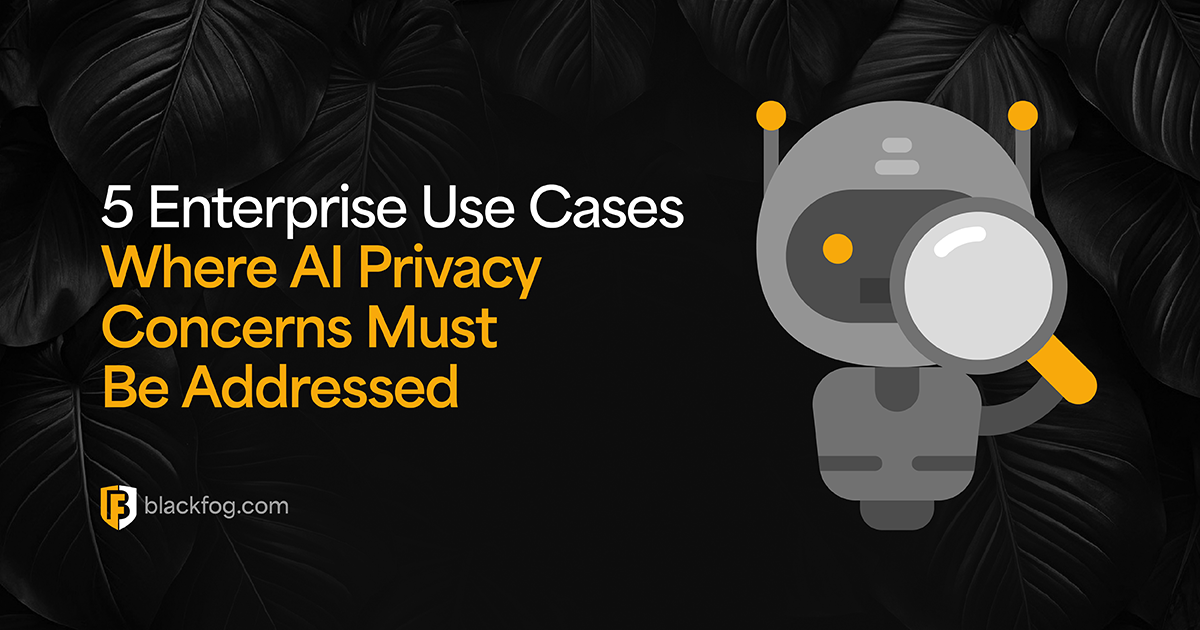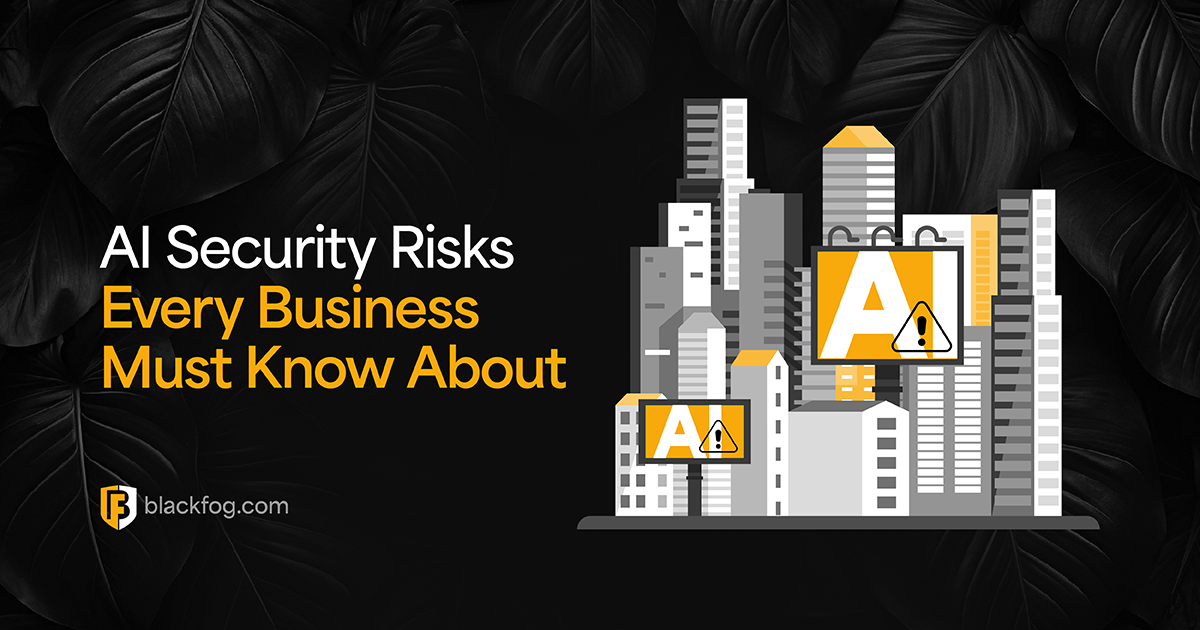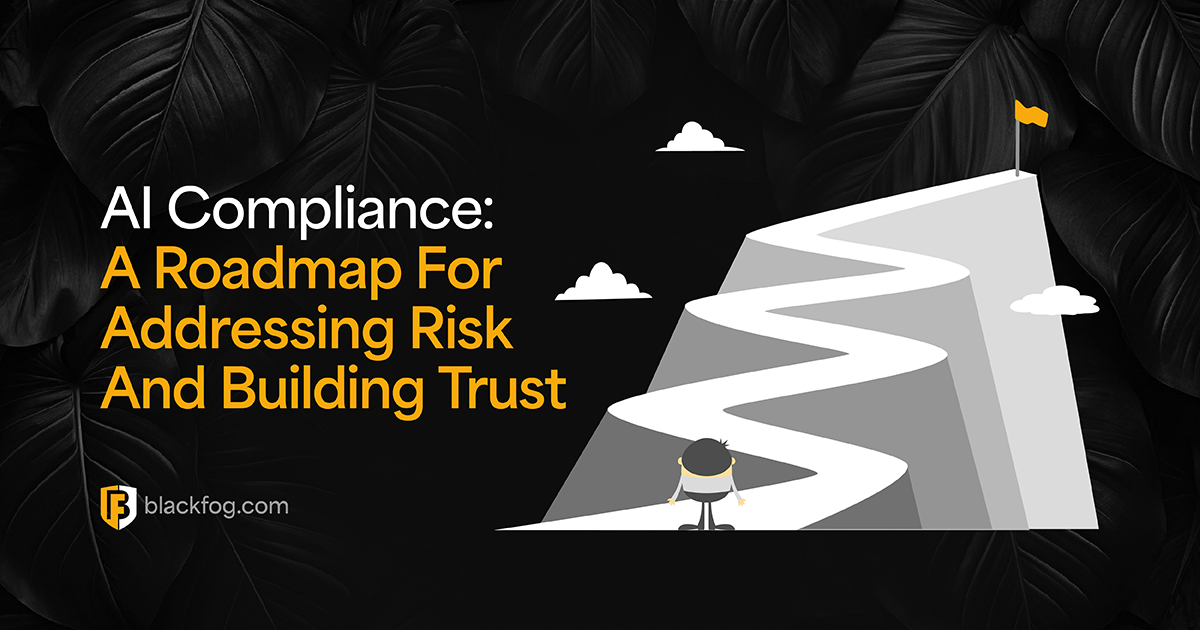
The Complete Guide to Ransomware Solutions
Ransomware attacks are becoming increasingly common, more sophisticated and more expensive to address. In 2023, the FBI’s Internet Crime Complaint Center received 2,825 reports of ransomware attacks, an increase of 18 percent over the previous year. These resulted in reported losses of $59.6 million, while research suggests that by 2031, organizations will suffer a ransomware attack every other second, causing nearly $265 billion in damages globally.
Yet the dark reality is that many victims of this crime remain silent, as they pay hackers quietly in an attempt to get their stolen data back. Indeed, BlackFog’s latest State of Ransomware Report estimated that the total number of attacks is 520 percent higher than those reported.
It’s a growing problem and ransomware criminals are working hard to stay on top of their game. This means they are attracting highly skilled talent to carry out attacks, innovating advanced malware and fine-tuning methods to identify the most lucrative opportunities.
Businesses need to have solid ransomware mitigation solutions, a comprehensive incident response plan and a disaster recovery strategy in place to defend against the constantly evolving risk of these attacks. A permanent lockout at the hands of hackers could destroy any organization, so the best way to protect your business is to act now.
Understanding Ransomware
Ransom malware, otherwise known as ransomware, is an increasingly common type of attack that prevents authorized users from accessing their data, networks and systems. To regain access, the victim is held to ransom and asked to make a payment.
Threat actors carry out these attacks by encrypting files using tools that are specifically designed to spread throughout entire organizations. It is a constantly evolving risk and many different variants of ransomware currently exist.
Why is Ransomware Such a Big Problem?
There are several factors behind the prevalence of ransomware. Firstly, malware kits are relatively easy for criminals to acquire and can be used to create new malware samples on demand.
On top of this, an abundance of new techniques are constantly being discovered, as the tools deployed by perpetrators continue to become more and more sophisticated. Indeed, technology has advanced so far that today’s threat actors don’t even need to have a solid understanding of the specific tools they use.
Ransomware marketplaces have become more popular across the internet, offering all of the ingredients a crook would need to instigate a devastating attack. Often, these vendors will receive a cut of any ransom the criminals receive, making it a lucrative deal for both parties. What’s more, when a firm has fallen victim once, they are highly likely to come under repeated attack.

How do Ransomware Attacks Work?
A successful ransomware attack can enter a system through several methods, although the most popular point of entry is through spam emails or phishing scams. These emails are easy to create and send, which means for cybercriminals, they often present a lucrative return on investment. In any given security chain, the human element is the weakest link.
Other common entry methods include downloading malicious software from the internet, social engineering, or fake adverts that release malware when clicked. Threat actors can even target your sensitive information through removable drives, or simple chat messages.
Once a ransomware attacker has infiltrated systems, they will set up a command and control (C&C) server, which not only sends encryption keys to the specific target, but also installs extra malware and supports other stages of the ransomware lifecycle.
Attackers will then proceed to collate and exfiltrate data to their C&C server to prepare for future extortion, while information on a firm’s network will be encrypted via the keys sent previously. Once set up, they will demand a ransom payment, and only at that point will the organization become aware of what is happening.
Ransomware Preventative Measures
When it comes to these threats, the best way to defend your company is ransomware prevention. Once cybercriminals have access to sensitive information, it can be extremely difficult to neutralize the threat they pose and data loss is very likely.
In some situations, a ransomware threat could halt a business entirely and even if an organization can get back to operating quickly, the costs involved in doing so can cause significant issues elsewhere.
Therefore, it’s vital that a full range of preventative measures are put in place to minimize the risk of falling victim. While there are a wide range of steps involved in this, here are some of the essentials no business can afford to do without.
Using Anti-ransomware Software
Putting in place malware protection and dedicated anti-ransomware tools is vital in detecting and shutting down any attempted attacks before they have a chance to do damage. However, it’s important that they are able to keep up with the evolving threats. For example, traditional antivirus tools that rely on signature matching to spot known threats may find it impossible to stop newer types of fileless attacks. Therefore, tools such as anti data exfiltration (ADX) software are needed as well to help prevent attacks and protect sensitive data.
Implementing Email Filtering and Web Protection
The vast majority of cyberthreats start in employee inboxes. Fraudulent emails may try to convince employees to hand over login credentials or entice them into clicking infected links. Therefore, solutions that can detect suspicious email traffic and block it before it reaches its intended destination are hugely useful in minimizing threats.
Running Employee Training and Awareness Programs
Businesses can’t rely on technology alone to defend against ransomware threats. If a phishing email does get through, for example, firms need to be sure their employees can recognize it and know how to report it. Regular training sessions to educate them on the threats they face and the tactics used by cybercriminals help reduce the risk of human error, which is a leading root cause of data breaches.
Keeping Systems and Software Up-to-Date
Another major cause of ransomware is firms continuing to use outdated, unpatched software and tools that have passed the end of manufacturer support. This can allow criminals to take advantage of known vulnerabilities. Updating software can be a complex and tedious process, especially for larger enterprises, and dedicated patch management solutions can take much of the effort out of this.
Make Regular Backups
If the worst does happen and a firm falls victim to an incident, it’s important to be able to get back up and running quickly. Therefore, having effective data backup solutions as part of a ransomware attack recovery strategy ensures firms can restore assets with minimal data loss. This not only minimizes downtime, but removes any pressure to pay a ransom.
Ransomware Detection and Response
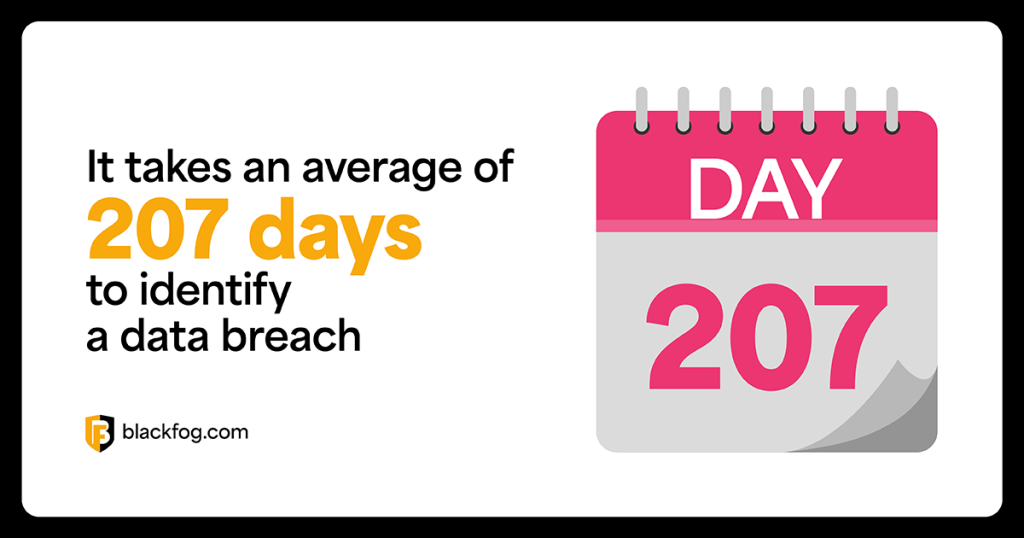
If a firm is targeted by a cyberattack that evades the first lines of defense, it’s vital to have a clear plan for incident detection and response. The sooner a breach is detected, the less damage will be done. However, research by IBM suggests the average attack goes undetected for 207 days, after which it takes a further 77 days to contain the incident. Therefore, firms must know what to do to detect a breach and how to react once it’s discovered.
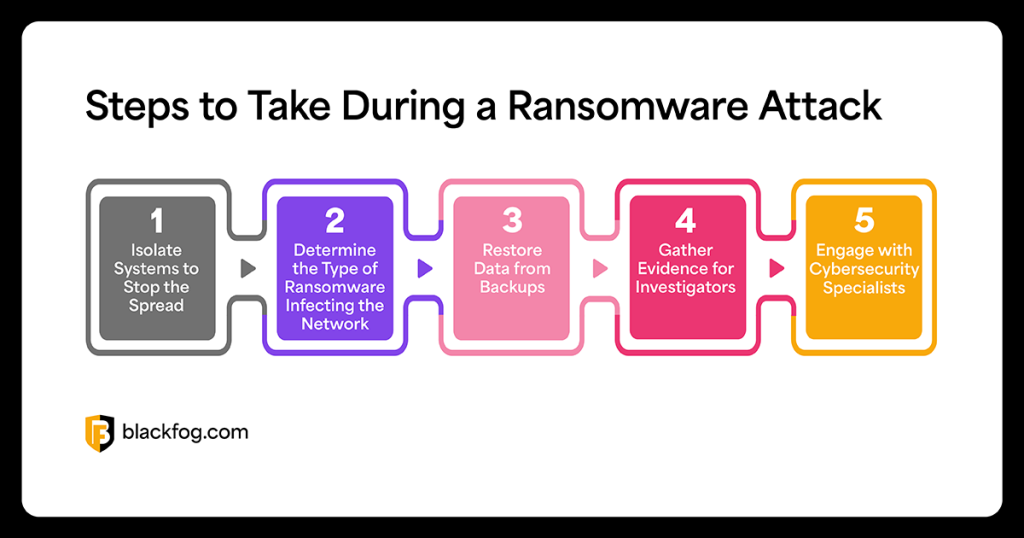
Indicators of a Ransomware Attack
There are several telltale signs that a company has been infected by a cybercriminal. Unusual or repeated attempts to access databases, unexplained performance issues on hardware or large data transfers to destinations outside the network can all be indicators of a breach. Ransomware detection tools such as automated system monitoring and ADX solutions can help spot this.
Immediate Steps to Take Upon Discovery
Once an attack is identified, organizations should turn to their prepared and tested ransomware response plan to guide them through the process. Key aspects of this include:
- Isolating systems to stop the spread
- Determining what type of ransomware is infecting the network
- Restoring data from backups
- Gathering evidence for investigators
- Engaging with cybersecurity specialists
Contacting Law Enforcement and Cybersecurity Experts
While it may be tempting for businesses not to publicize if they have fallen victim to ransomware, breaches should not be kept in-house. In many cases, firms may not have the resources to effectively manage ransomware removal and recovery on their own, in which case turning to outside consultants will be necessary. This can be costly, but such expenses may be covered by comprehensive ransomware insurance. It’s also important to inform law enforcement and local data protection regulators about any breach, which is mandatory in many cases if firms are to remain compliant with privacy laws.
How Do You Protect Your Business from Ransomware?
Whether or not your business has been a target of cybercrime, the best way to avoid it happening is by taking preventative measures that protect every part of the network. Even with the best perimeter defense in place to keep hackers out, they are innovative and will typically find a way in. Therefore, the focus must be on deploying ADX software that stops them from taking any data out.
ADX is a set-and-forget network solution that stops data from leaving your network. These cybersecurity tools defend against a wide variety of attacks, including a ransomware infection.
By shifting the focus to behavioral characteristics, ADX solutions block unauthorized data from leaving your network under specific conditions, including attempted communication with command-and-control centers and the use of dark web protocols. This level of threat intelligence also eliminates the requirement to send data for analysis by blocking unauthorized access attempts immediately.
Finding the Best Ransomware Solutions
BlackFog’s ADX solution helps protect every part of a business. As it sits on the device level and is lightweight enough to operate on mobile devices, this ensures cybercriminals cannot take advantage of sprawling, uncontrolled networks in order to find a weak spot to exfiltrate data. The use of artificial intelligence and automation can also help you understand what normal user behavior and traffic looks like, allowing these cybersecurity solutions to step in quickly and block suspicious exfiltration attempts before the damage is done.
Learn more about how BlackFog protects enterprises from the threats posed by ransomware.
Share This Story, Choose Your Platform!
Related Posts
AI Data Exfiltration: The Next Frontier Of Cybercrime
How are cybercriminals using AI data exfiltration to enhance their ransomware attacks and what must businesses do to counter these threats?
5 Enterprise Use Cases Where AI Privacy Concerns Must Be Addressed
AI privacy concerns are rising with AI adoption - five use cases highlight the key issues businesses must consider.
What AI Management Really Means For The Enterprise
Ongoing AI management is essential in maintaining compliance in a challenging environment. Here's what businesses need to consider.
AI Security Risks Every Business Must Know About
AI Security Risks are growing as AI embeds in business. What key threats must firms address to stay compliant with data regulations?
Who’s Really In Charge? Why AI Governance Is Now A Business Imperative
Find out why a strong AI governance program will be essential if enterprises are to make the best use of the highly in-demand technology.
AI Compliance: A Roadmap For Addressing Risk And Building Trust
AI compliance is set to be a major focus for businesses in the coming year. Here's what you need to know to make this as easy as possible.

